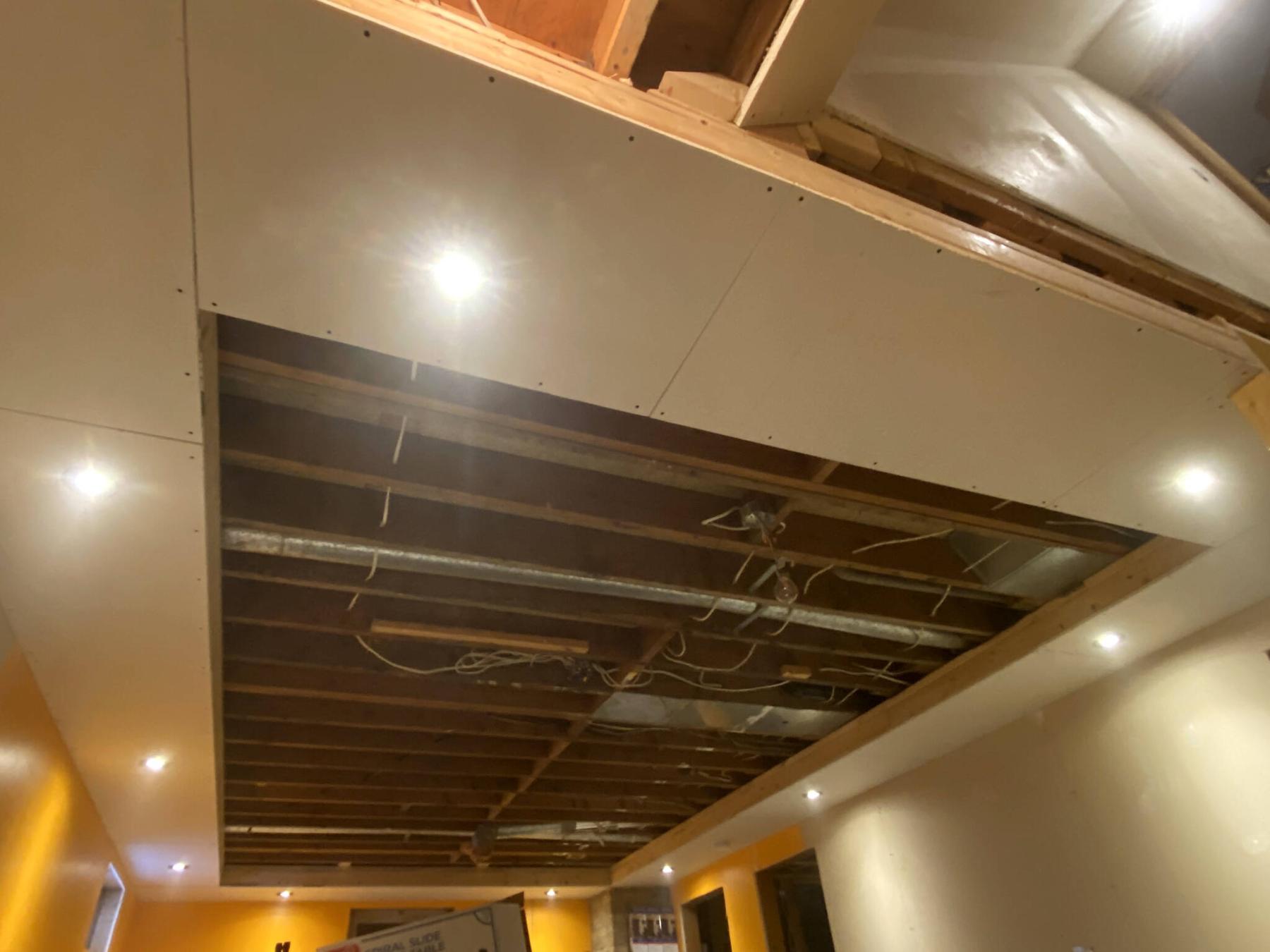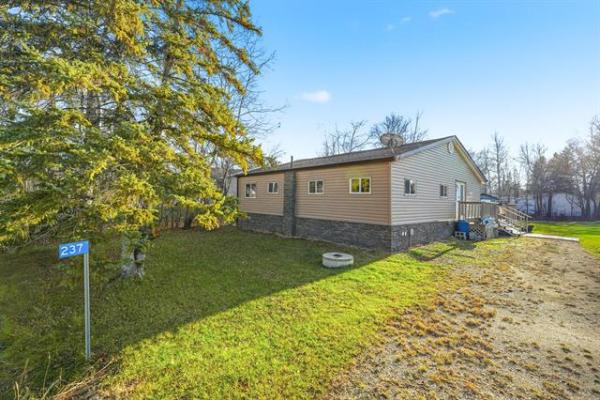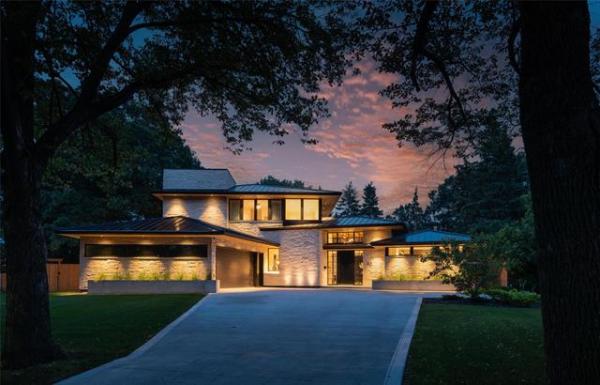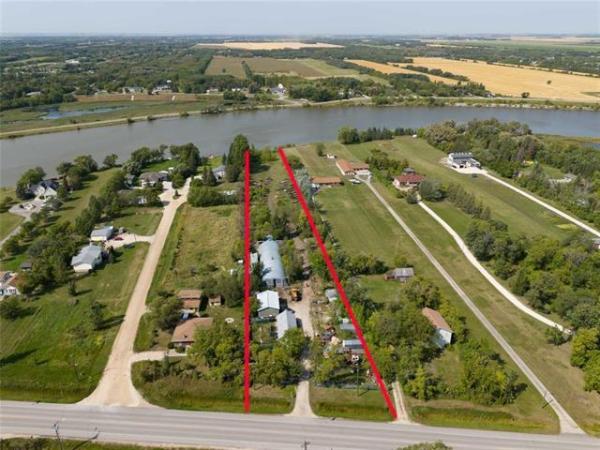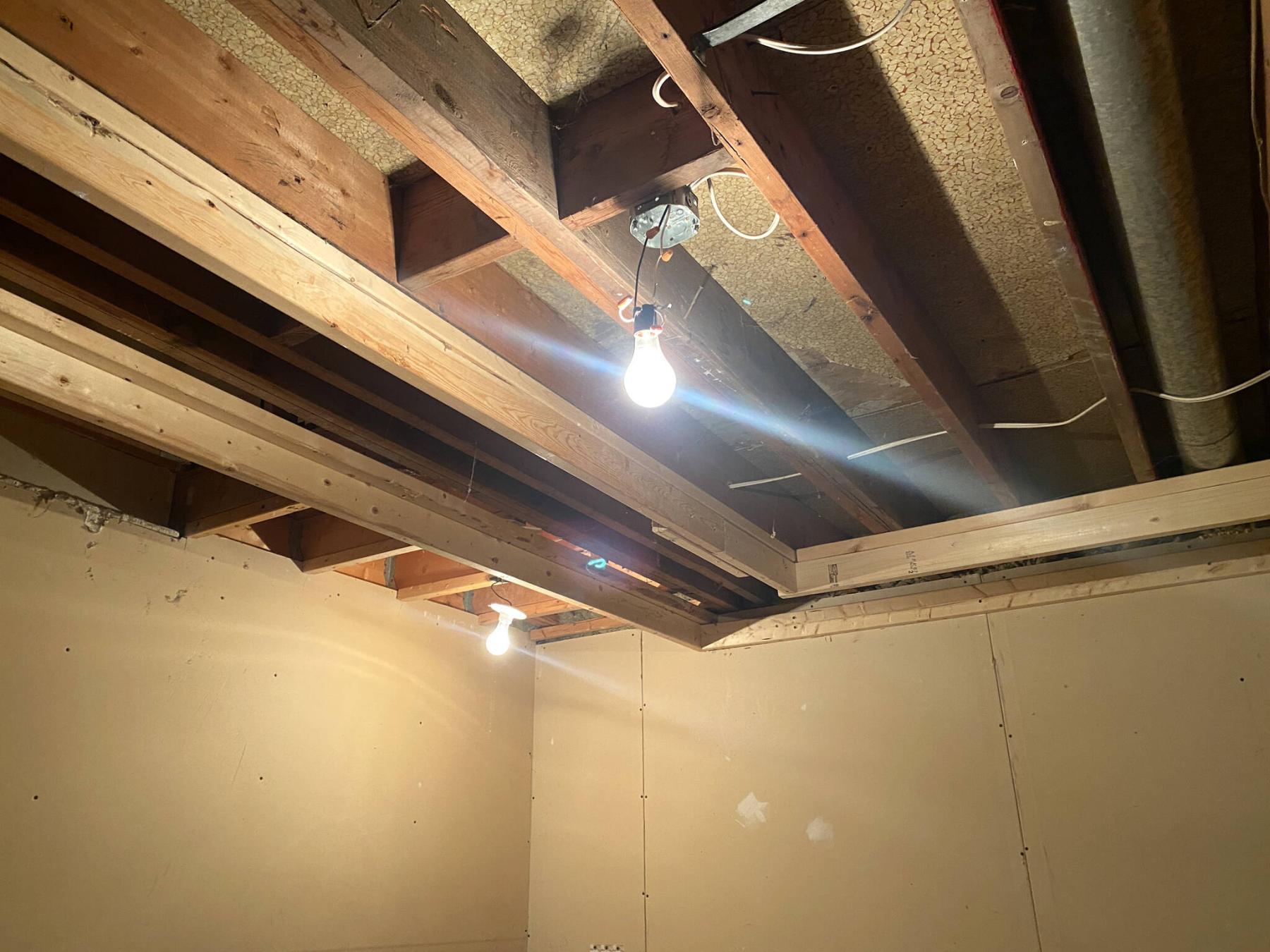
A 2x4 on the flat mounted to another on the vertical provides a rigid support for the outer box frame.
At the start of any renovation it’s generally a rule of thumb to embrace gravity, and place impending tasks in order from high to low. As such, addressing any ceiling modifications would be first on my list.
Amid my current and on-going jobsites and renovations for hire, our own basement renovation has begun — a project a longtime coming. Although the basement was partly framed and barely drywalled, the entire project will eventually encompass a full rec-room, three-piece bathroom, laundry, utility room and pantry. The ceilings are first on the agenda.
The main supporting wall cuts the entire basement in half. On the one side, the utility room is at the far end. The bathroom is adjacent to the laundry, and the pantry is an added space closet to the stairs. These smaller areas will require specialty framing to hide the main heating and return ducts that run parallel with the far side of the supporting wall, and along the entry side of every individual room. The goal is to frame at the highest elevation possible, while providing enough support for drywall to encase the ducting. The remaining areas of ceiling will then receive suspended ceiling tiles.
Within the rec-room area, the ceiling joists are generally free from any low-level ducting, as the heat ducting feeds to the main floor are set within the joist cavities. As such, it would be possible to simply install a suspended ceiling grid from wall to wall. However, it has always been my prerogative to introduce sub-framing along the perimeter of the basement ceiling in the form of “boxing”, to provide both a clean vertical surface at precise 90-degree angles upon which the suspended ceiling grid can be mounted, and moreover a quarantined area that provides a series of ambient lighting around the space.
Although basement walls are generally (and hopefully) quite square, the boxing absorbs any idiosyncrasies that may cause issues while installing a suspended ceiling grid, which always looks best when perfectly square. To achieve this, lengths of outer boxing supports are constructed using a 2×4 on the flat fastened to the top of another staggered 2×4 on the vertical, creating a five-inch drop support. This “L”-shaped support can then be initially fastened to the underside of the joists using three-and-a-half-inch construction screws. These screws can then be adjusted to ensure the alignment is perfectly straight. Once the support is in its final position, six-inch lag screws are used to fasten the “L” through the entire five-inch vertical, at every other joist. The inner boxing support is simply a 2×4 fastened to the wall, level with the underside of the outer support (which essentially means, the inner 2×4 is likely one-and-a-half inches down from the joists, give or take). With the box-framing completed, the underside of the entire perimeter is fitted with drywall.
To introduce lighting along the perimeter, the interrupt feed from the switch is routed to the first light position. If a junction box is required, it must be mounted in the area ear-marked for suspended ceiling, for permanent access. Once the lighting layout has been established, the holes for each LED pot light are cut using an auger-bit, in this case a four-inch auger was required. With the breaker to the lighting circuit turned off, 14/2 electrical wire is then run from hole to hole, and the LED pot lights are daisy-chained together, terminating at the last light in the series. With the breaker turned back on, a flip of the switch indicates the lighting is working correctly. The next step is to drywall the vertical faces of the perimeter boxing, with subsequent tasks that include taping and mudding, with corner bead before sanding and painting can occur.
Perimeter box-framing is a decorative ceiling approach that provides a solid vertical upon which the suspended ceiling grid can be mounted. The five-inch height of the “L”-style support allows plenty of height to mount the grid with enough room to ease the installation of the subsequent ceiling tiles. Moreover, perimeter lighting set within the box-framing ensures the space will always have enough light, beyond any additional room lighting that may be introduced throughout the suspended ceiling. Always better to have too much light than not enough — the former can always be controlled by dimmer switches.
RenoBoss.Inc@outlook.com

